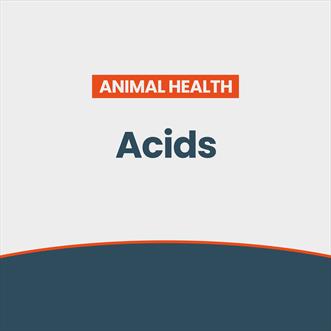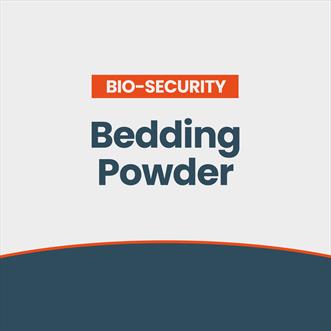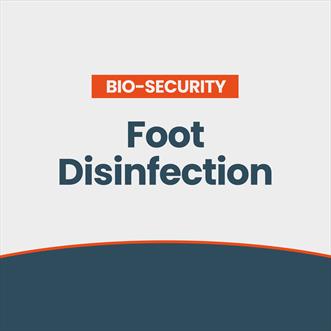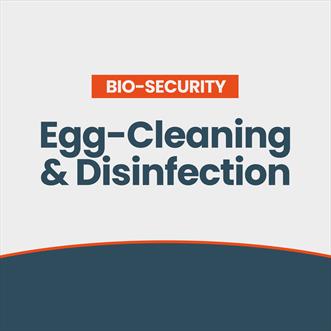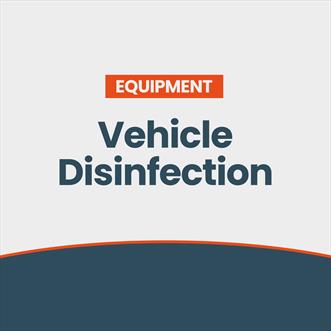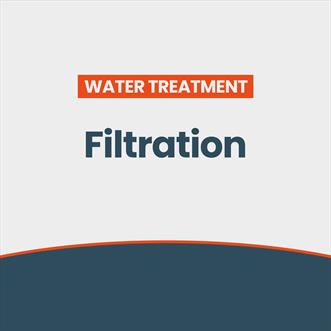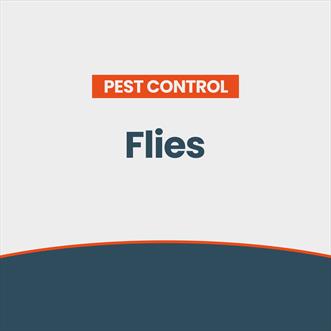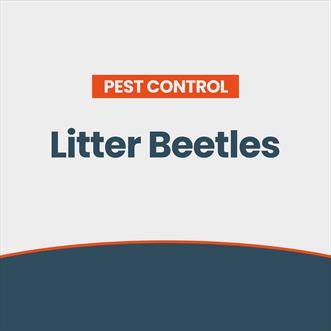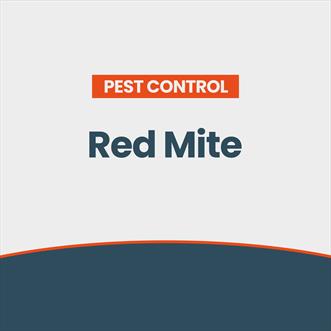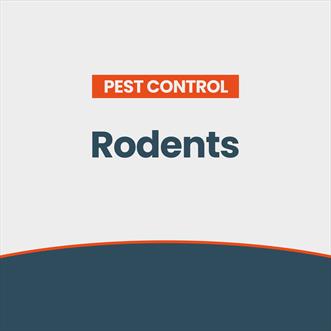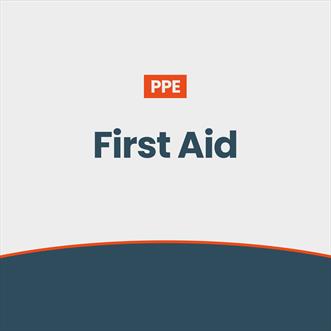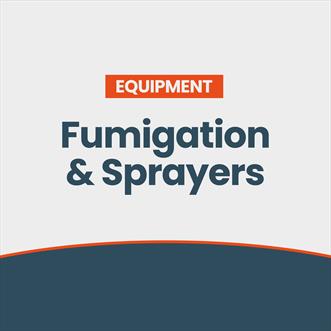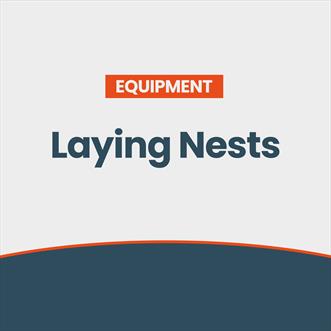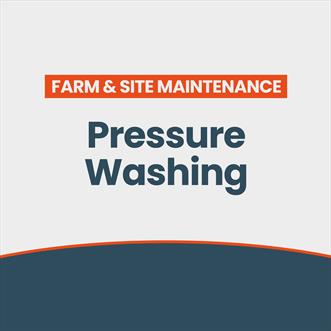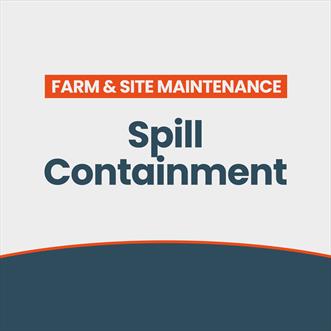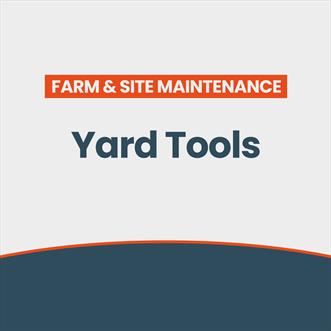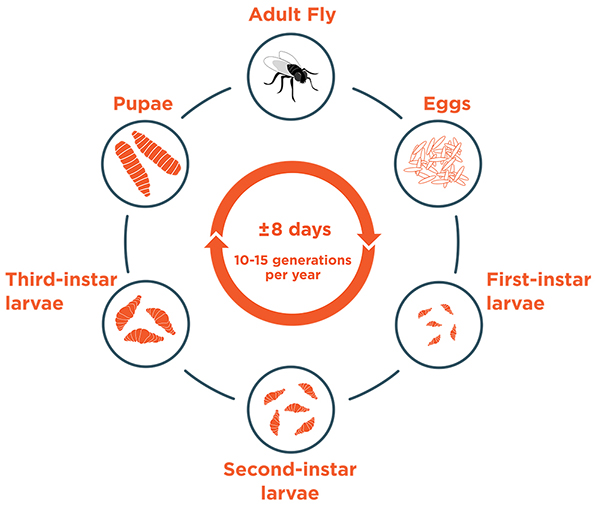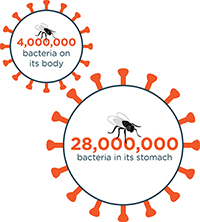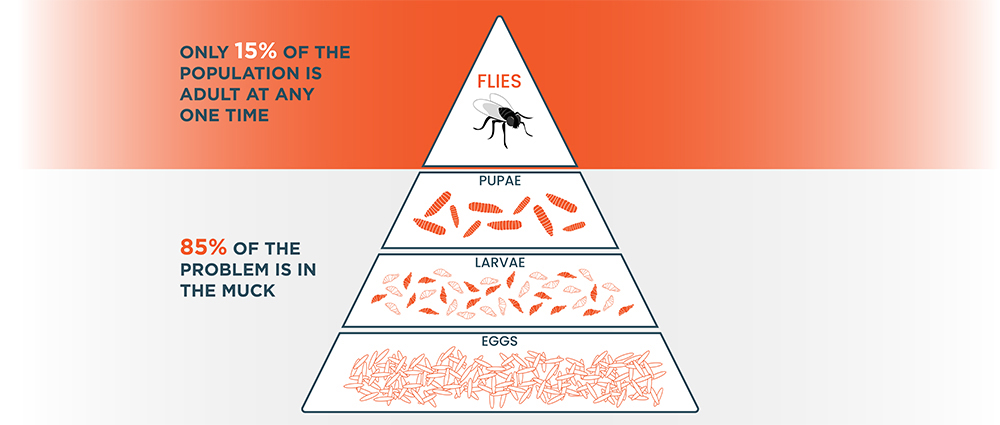FAQs
"What is a larvicide?"
A larvicide is an insect growth regulator, which controls the development of fly larvae. The most common and effective fly larvicide is Cyromazine, which works by affecting the nervous system during the immature larval stage of the fly.
"How often should I treat the muck with a larvicide?"
The first application of larvicide should start around 2-3 weeks after birds are housed, or when the floor area under the slats is covered in muck. Reapplication is then determined by a monitoring system that should be put in place, which can be a simple measuring stick with 10cm (4 inch) marks pre-marked on the stick. Fly larvae live in the top 10cm of the muck at all times, so you should re-apply you larvicide treatment every 10cm of muck build-up.
"When should I start treating with a larvicide?"
If you have birds housed already and do not have proactive fly control program already in place, you should start your first larvicide treatment of the year no later than February, and start monitoring the muck from there. If you are considering a fly control program for a new flock, the first application of larvicide should start around 2-3 weeks after birds are housed, or when the floor area under the slats is covered in muck. However, your fly control program should start prior to the birds being housed, particularly in a flat-deck or deep pit system. This can be done by painting adulticides on boards (such as LD100A or Fly Select). These can be hung from the slats ready to catch any adult flies before they come through the slats to the bird area.
"What is the best method of applying a larvicide?"
There are three methods to apply a 2% cyromazine-based larvicide, such as Zero:
- Knapsack sprayer (500g/5L water)
- Watering can (500g/5L water)
- Dry scatter the product onto the litter
The key part to application is ensuring you distribute 500g of 2% Cyromazine per 20m² floor area. Our preference is watering can application, which provides a generous amount of liquid to help soak through the top 10cm of muck. However, if the litter is already wet, dry scattering would be more beneficial.
"Why haven't I yet seen a reduction in fly numbers after recently treating with a larvicide?"
It can take 2-3 weeks to see an indent in the fly population after the application of Zero (2% Cyromazine), as it does not work on the later pupae stage. If you have a particularly bad problem, you may need to treat twice.

